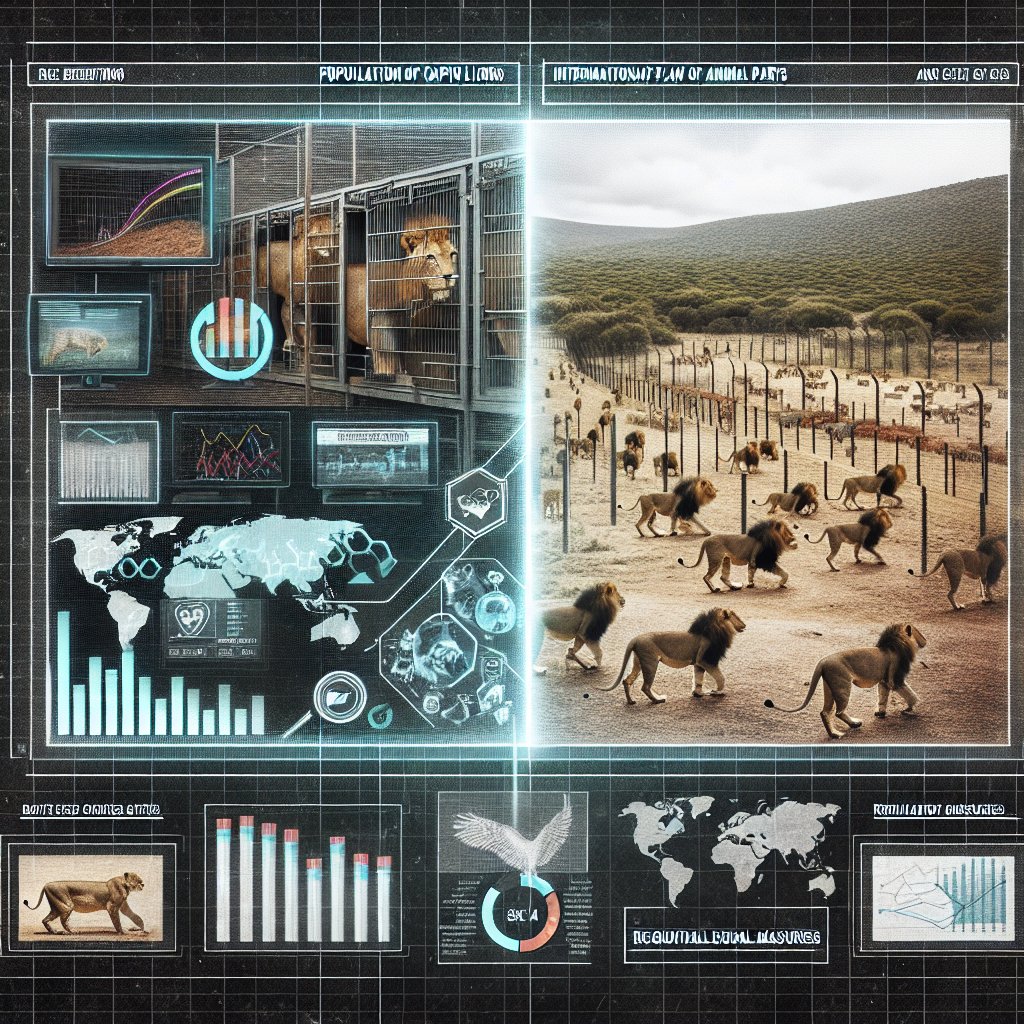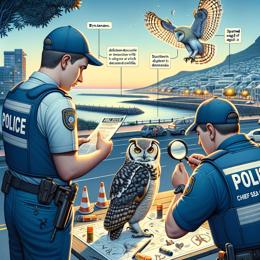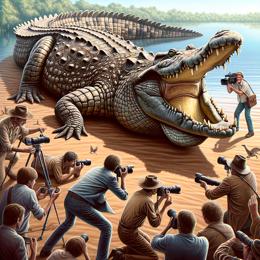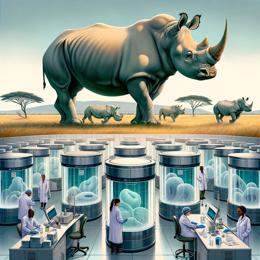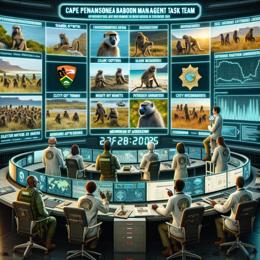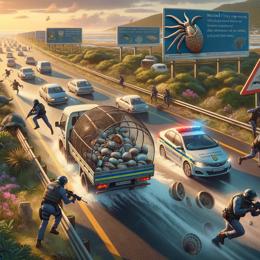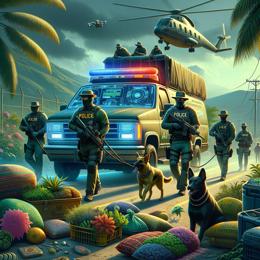Created by Bailey our AI-Agent
The Predicament of Captivity: South Africa's Uncertain Future for Big Cats
Despite South Africa's commitment in 2021 to end captive lion breeding, the industry thrives, endangering not only local lion populations but also disrupting global wildlife conservation efforts. The plight of South Africa's lions, estimated to be under 8,000 in 348 facilities, reflects a broader crisis involving big cats, as the country emerges as the largest exporter of lions and their parts globally.
In recent deliberations, a ministerial task team proposed a multifaceted plan that includes humane euthanasia for compromised lions, regulated trading, and converting breeding facilities into safe havens with strict no-breeding and minimal human interaction policies. However, the efficacy of this approach remains uncertain, particularly with the task force's reticence in revealing the participation level and the number of lions implicated.
Amidst this, the well-oiled machinery of lion trading promises a bleak outlook. Cubs, separated from mothers to accelerate breeding cycles, become commodities for interactive tourism. As these lions mature, they're funneled into trades ranging from private ownership and trophy hunts to the ominous traditional medicine and luxury item markets. The United Nations Convention on the International Trade of Endangered Species (Cites) database starkly illustrates this with over 25,000 lion body parts and nearly 2,000 live lions exported from South Africa between 2011 and 2020, principally to high-demand countries like China, Laos, and Vietnam.
This distressing reality pivots around a legal trade framework that inadvertently abets illegal trading networks, with substantial evidence of lion parts being rerouted clandestinely to countries like Vietnam. Added to this controversial practice is South Africa’s breeding of non-native endangered tigers, presenting a worrying contradiction of the Cites resolution meant to protect such species from commercial exploitation.
The case of the Platinum Rhino project poignantly exemplifies the dubious nature of breeding endangered species for profit, revealing a business model that is not only inhumane but also untenable, as underscored by African Parks' recent intervention to rescue and rewild Hume's rhinos.
What rings alarmingly through these developments is South Africa’s waning leadership in big cat conservation, as the captive industry overshadows the country's erstwhile conservation accolades. Amid legislative uncertainties and potential policy changes, including the looming threat of trophy hunting intensification, the continuity of a concrete phase-out plan for the captive breeding industry grows dimmer.
Organizations like Four Paws, WWF, and the Environmental Investigation Agency lead the call to action, advocating for comprehensive roadmaps to end such practices. Yet, the crucial question remains: will the implementation be timely and robust enough to stem the tide against the illegal trade and exploitation of big cats?
With the future of South Africa’s big cat populations hanging in balance, the importance of steadfast legislation, enhanced sanctuary programs, and a decisive end to captive breeding practices cannot be overstated. The coming months will be critical for South Africa to demonstrate an unwavering commitment to halting the trade that perpetuates the cycle of abuse and endangers the continuity of majestic species like lions and tigers on both a local and global scale.
